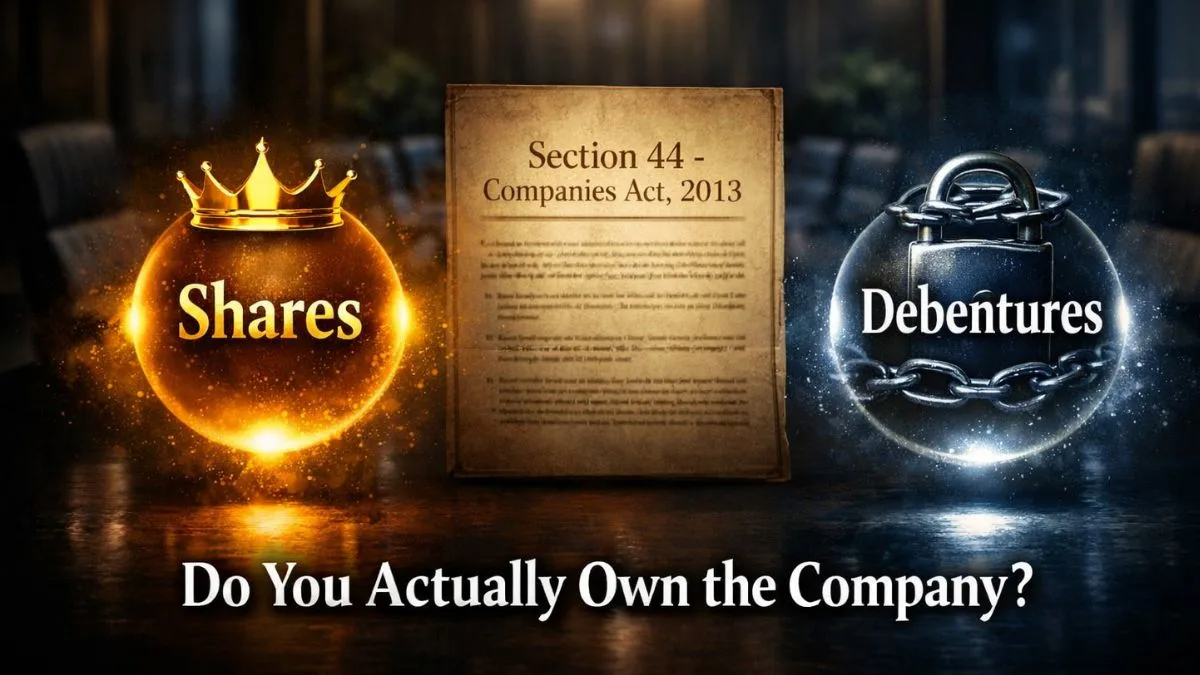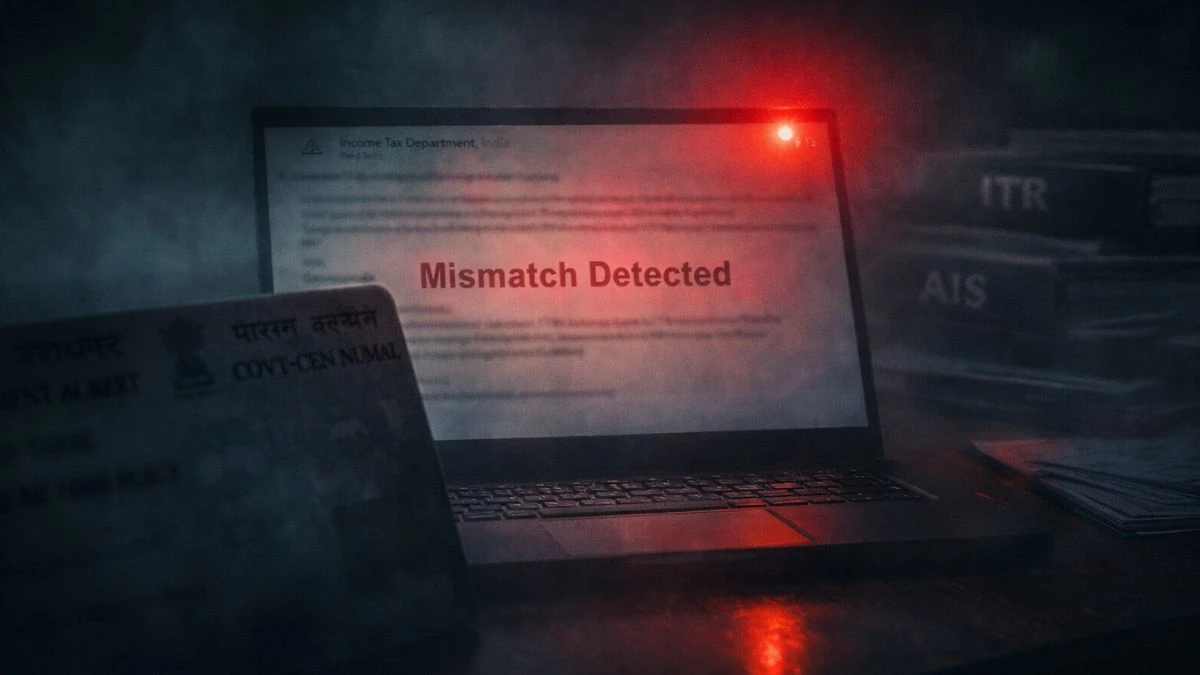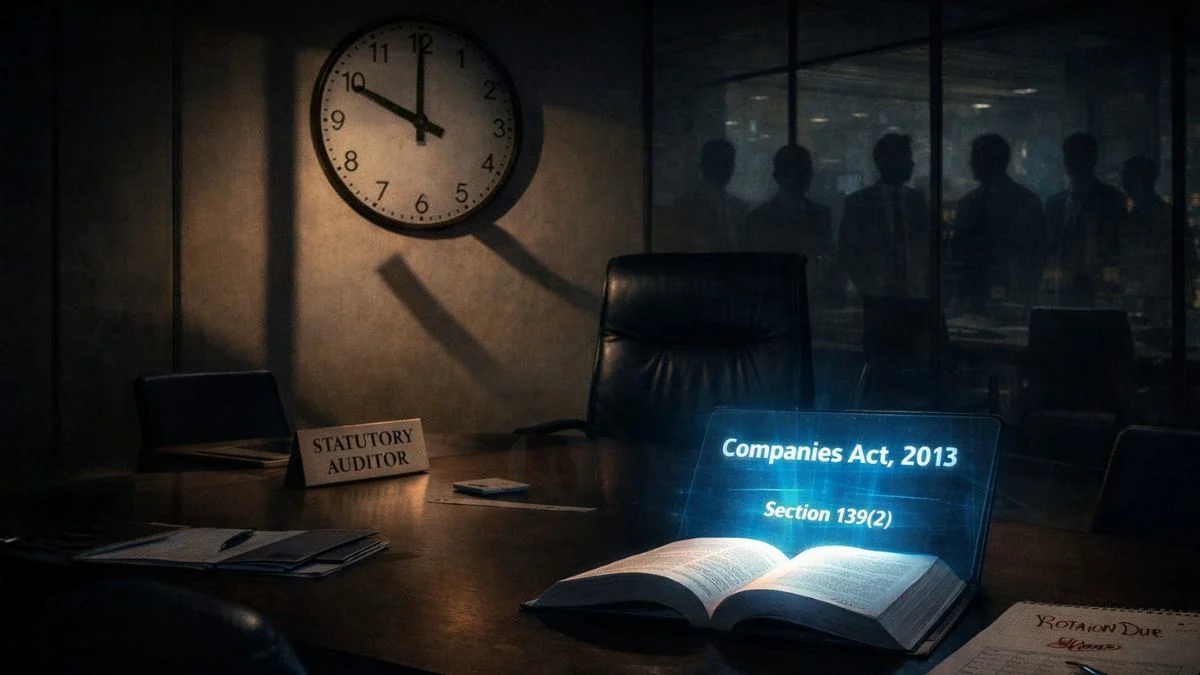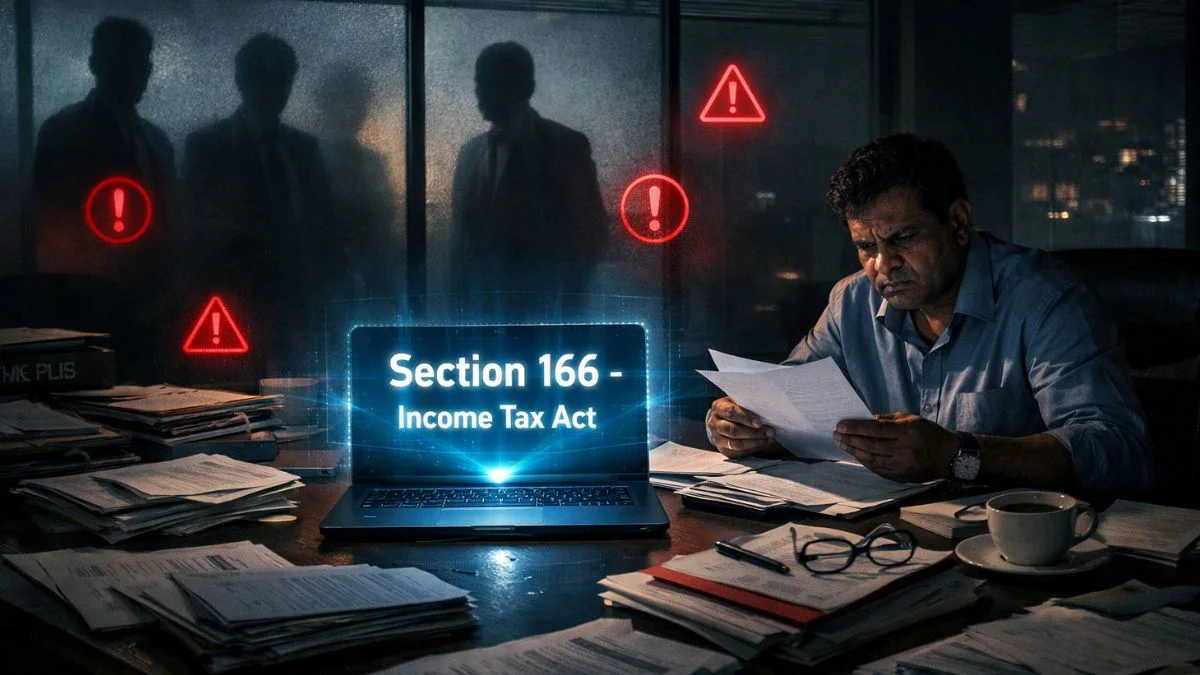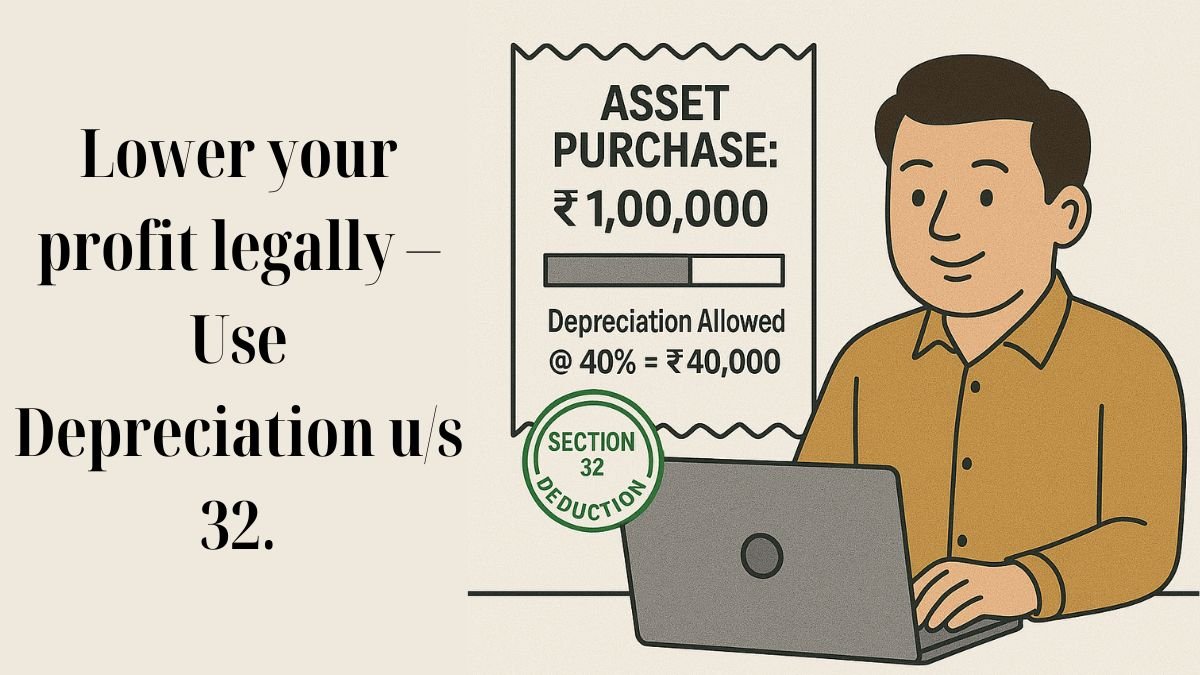
When we talk about taxation in the business world, one of the most important topics that every entrepreneur, startup founder, & even salaried professional with assets should understand is depreciation. Why? Because it helps reduce your taxable income, & which means lower tax liability. And when it comes to depreciation in Indian tax laws, everything revolves around Section 32 of the Income Tax Act.
Let’s break it down in the simplest way possible.
What is Section 32 of the Income Tax Act?
Section 32 of the Income Tax Act of 1961 deals specifically with depreciation. It outlines the rules and rates for calculating depreciation on various assets used in a business or profession. In essence, depreciation is the reduction in the value of an asset over time due to wear and tear, usage, or obsolescence.
Under this section, taxpayers who own assets used for business purposes are allowed to claim depreciation as a deduction from their income, thereby reducing their overall tax liability.
When Can You Claim Depreciation?
Some basic conditions must be fulfilled to claim depreciation under Section 32:
- Ownership of the asset: The asset must be owned—either fully or partially—by the assessee.
- Usage in business: The assets should be used for the assessee's business or profession during the financial year.
- Asset classification: The asset should fall under prescribed categories such as buildings, machinery, plant, furniture, or intangible assets like patents & copyrights. "
Depreciation Rates and Types
The rules and rates for calculating depreciation on various assets are prescribed under the Income Tax Rules. These rates vary based on the nature and category of the asset. For example:
- Buildings: 10%–40% depending on usage.
- Plant & Machinery: 15% (normal), 40% (for energy-saving devices).
- Intangible Assets: 25%
Depreciation can be claimed using the Written Down Value (WDV) method, which is the most common under tax laws. Under this method, depreciation is calculated on the reduced value of the asset from the previous year. "
Types of Depreciation Under Section 32
- Normal Depreciation: This is the basic depreciation claimable on eligible assets based on prescribed rates.
- Additional Depreciation: Allowed under certain circumstances, such as when new machinery is installed by manufacturing companies in specified backwards areas.
Additional depreciation is available at the rate of 20% of the actual cost of new machinery or plant (subject to conditions).
Depreciation for Assets Used for Less Than 180 Days
If the asset is acquired during the year and used for less than 180 days, then only 50% of the normal depreciation is allowed for that year. This rule helps prevent taxpayers from claiming full-year depreciation for assets barely used.
Depreciation for Intangible Assets
Yes, depreciation isn’t just for physical assets. Intangible assets like trademarks, patents, licenses, copyrights, & franchises are also eligible under Section 32. A flat 25% depreciation rate is generally applicable to them.
Key Provisions Related to Business Use
As per the law, the assets should be used for the assessee’s business. If the asset is not used, even if owned, depreciation cannot be claimed. However, passive usage (like keeping a standby machine ready for use) may also qualify, depending on the facts of the case.
Why Section 32 is Important
For business owners and professionals, Section 32 of the Income Tax Act becomes crucial while calculating the taxable profits. By claiming depreciation:
- Businesses reduce taxable income.
- They comply with proper tax reporting.
- They match the economic reality of asset usage with tax filings.
Latest Amendments and Practical Applications
The Finance Act over the years has modified some rates and eligibility conditions, particularly regarding additional depreciation and its applicability to different industries and zones.
Taxpayers should consult the latest Income Tax Act updates or their tax advisors to apply the correct rates and methods.
Final Thoughts
Depreciation is not just an accounting term—it’s a smart way to lower your taxes legally. By understanding the basics of Section 32, you not only remain compliant but also optimise your tax planning. Whether you're a freelancer, a startup founder, or running a well-established company, make sure to use depreciation smartly—and legally.
If you're unsure about how depreciation under Section 32 impacts your tax calculation, consult a tax expert or reach out to us—we’re here to help.


